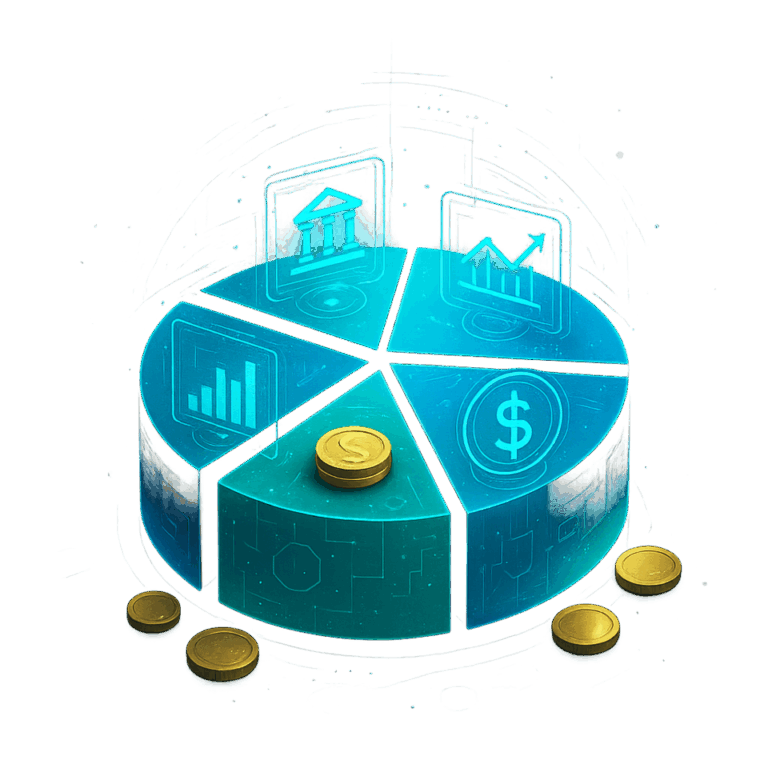Digital wallets (also known as e-wallets) have transformed from novelty apps to central pillars of modern financial infrastructure. In 2025, these wallets have matured beyond basic peer-to-peer transfers into fully integrated platforms for payments, identity, crypto, loyalty programs, and even microloans. What began as a convenience tool is now redefining how money moves—across borders, apps, and devices.
The shift toward contactless payments, smartphone ubiquity, and increasing global internet penetration accelerated digital wallet adoption over the past decade. As consumers expect seamless experience and instant transactions, providers and financial institutions have responded by enhancing wallet capabilities and embedding them deeply within everyday finance.
Key Components and Features of Digital Wallets in 2025
Multicurrency and Crypto Support
Many modern wallets support multiple currencies—fiat and digital. Users can hold stablecoins, national digital currencies, and traditional currencies within a single interface. Conversion, cross-chain transfers, and currency swaps happen instantly at competitive rates.
Identity and Verification Services
KYC (Know Your Customer) and identity verification are essential in regulated markets. Digital wallets now integrate biometric verification, digital identity credentials, and secure document storage. These features enable smoother onboarding and compliance while reducing friction for legitimate users.
Embedded Financial Services
By 2025, wallets often include capabilities beyond payments. Users may access micro-credit, installment payment options (buy now, pay later), insurance add-ons, and even savings or investment modules—all within the same app.
Loyalty, Rewards, and Tokenization
Digital wallets increasingly integrate loyalty programs, rewards tokens, and coupons. Some wallets tokenize loyalty points or enable users to exchange rewards across programs. This tokenization strategy deepens user engagement and retention.
Security and Fraud Prevention
Security remains paramount. Wallets employ multi-factor authentication (MFA), device attestation, hardware security modules (HSM), and behavioral analytics to detect anomalies. In 2025, AI models continuously monitor spending patterns and flag suspicious behavior in real time.
Offline and Near-Field Functionality
Offline wallet features allow small-value transactions or peer-to-peer transfers even without network connectivity, relying on secure local protocols. NFC (near-field communication) and QR codes continue to power in-person digital wallet usage at merchants.
The Drivers Behind the Surge of Digital Wallets
Consumer Demand for Convenience
Users expect faster, more frictionless experiences. Digital wallets reduce friction in checkout flows, removing the need to enter card data or bank details for each transaction.
Financial Inclusion
In emerging markets, many individuals lack traditional banking access but have smartphone connectivity. Digital wallets fill this gap by offering accessible financial services, driving inclusion and reducing reliance on cash.
E-Commerce and Mobile Payments Growth
As online commerce continues its rapid expansion, digital wallets offer merchants lower transaction fees, faster settlement, and better conversion rates. The integration of wallet payments into apps and websites reduces drop-off at checkout.
Regulatory and Infrastructure Support
Governments and central banks in many regions are encouraging digital payments to reduce cash dependency and improve traceability. Some jurisdictions mandate interoperability among wallets and require open regulatory frameworks to stimulate competition.
Risks, Challenges, and Considerations
Data Privacy and Consent
With wallets collecting significant data—spending habits, identity credentials, location—projects must ensure clear consents, strong encryption, and full user control over data access. Users must trust that their data is not misused or monetized without permission.
Regulatory Uncertainty
Different jurisdictions vary in how they treat wallet operations, cross-border transfers, and crypto integrations. Providers must comply with multiple regulatory frameworks, which can slow innovation or restrict features in certain markets.
Security Threats
Wallets remain targets for hackers. Vulnerabilities include phishing, SIM swaps, malware, and side-channel attacks. Providers must invest heavily in security audits, incident response, and continuous monitoring.
Ecosystem Fragmentation
Not all wallets interoperate. If different providers or platforms can’t exchange value seamlessly, users may face fragmentation. Developing standard protocols (APIs, open standards) is essential to ensure fluid value movement across wallets.
Adoption and Trust Barriers
Some users, especially older demographics, may resist digital wallets due to perceived complexity or mistrust. Education, intuitive design, and transparent communication are key to broader uptake.
Trends to Watch in 2025 and Beyond
Universal Wallet Aggregators
Wallets that aggregate multiple accounts (bank, crypto, loyalty) into one unified dashboard will become more common, offering consolidated visibility and control.
Tokenized Assets and Real Estate
Some wallets will hold tokenized real-world assets, enabling users to view fractional real estate, art, or commodities alongside cash and crypto balances.
Interoperability and Network Effects
Inter-wallet infrastructure (bridges, shared protocols) will allow seamless movement across platforms, minimizing vendor lock-in and improving liquidity.
AI-Driven Insights and Financial Wellness
Advanced analytics will personalize spending recommendations, alert to anomalies, and assist users in budgeting—turning wallets into intelligent financial companions.
Embedded Wallets in IoT & Wearables
As wearable technology advances, wallets could embed into smart rings, AR glasses, and IoT devices—allowing payments and identity verification with minimal friction.
Conclusions
Digital wallets in 2025 are no longer mere transaction tools—they are evolving into full financial ecosystems, combining payments, identity, credit, rewards, and investments under one roof. Their expansion is driven by demand for speed, convenience, inclusion, and deeper integration into daily life.
Though challenges in security, regulation, and trust remain, the momentum toward wallet-centric finance is undeniable. As interoperability, AI, and tokenization mature, digital wallets are poised to become the primary interface through which individuals manage money in a connected, global economy.



